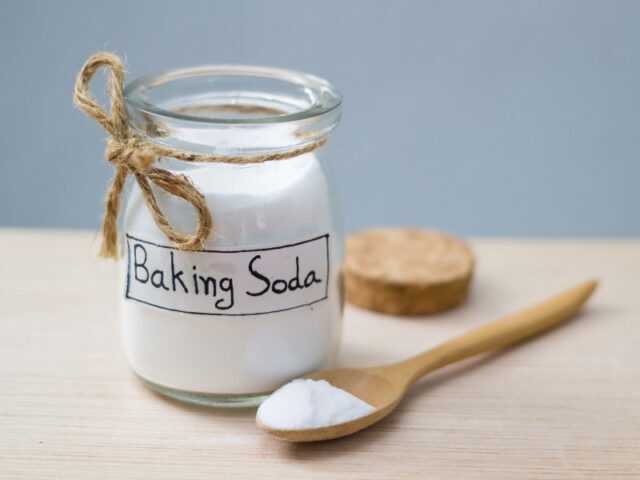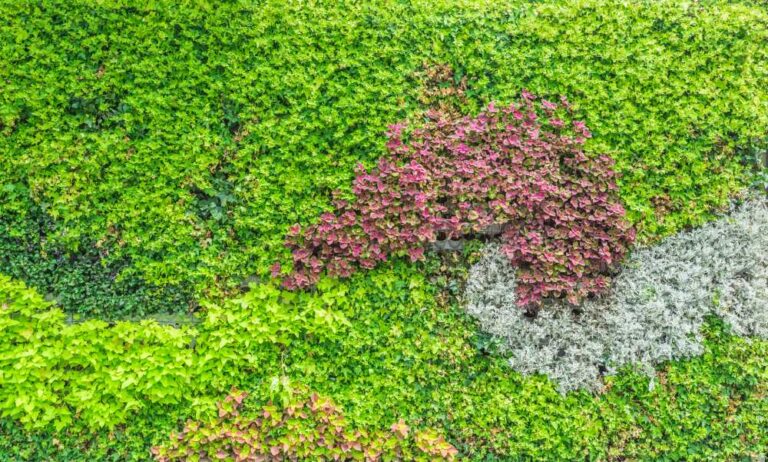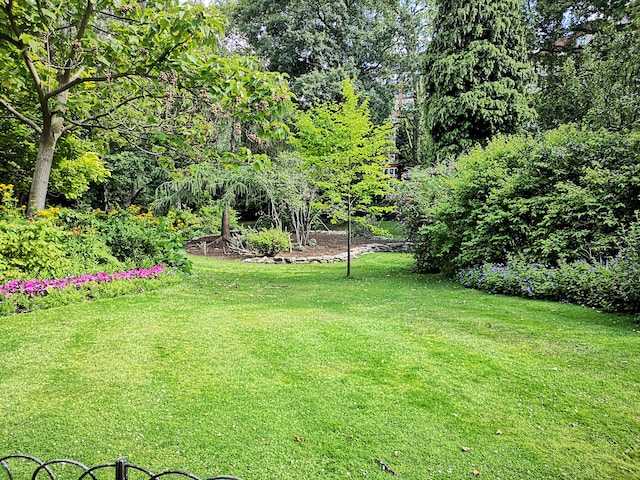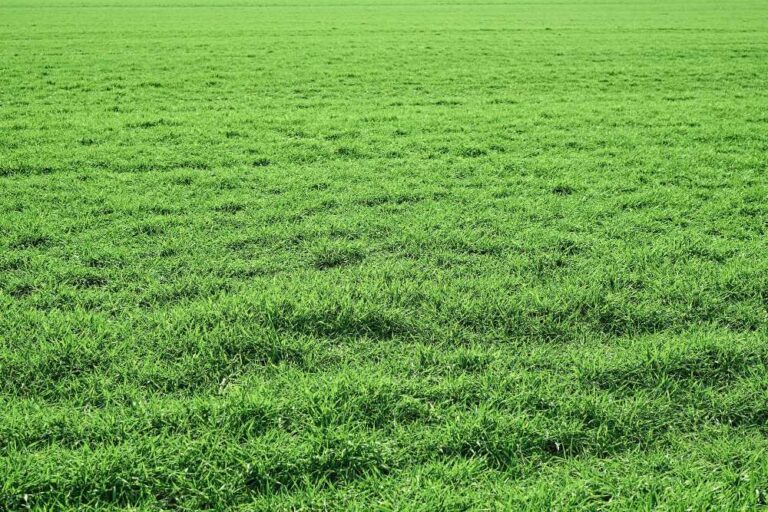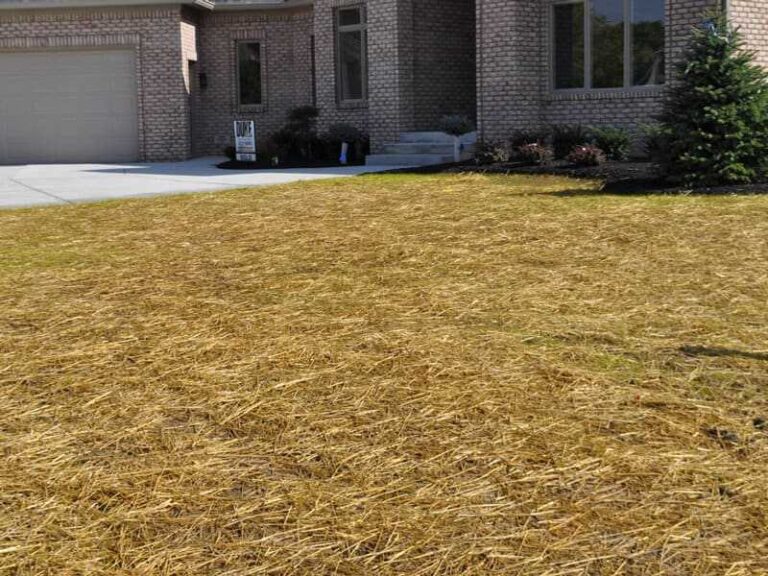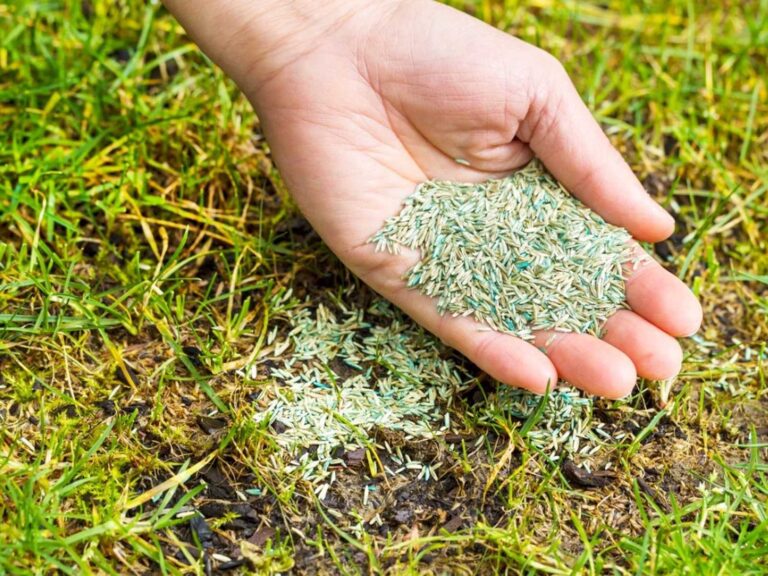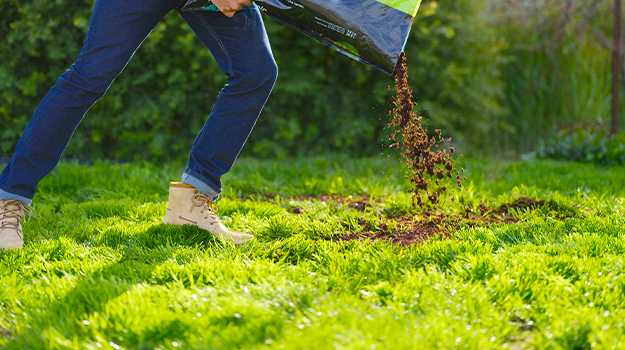Killing Crabgrass with Baking Soda: Natural Solution for Your Lawn
Crabgrass, an invasive and stubborn weed, can wreak havoc on a well-maintained lawn, turning a lush green carpet into a patchy eyesore. Traditional methods of crabgrass control often involve chemical herbicides that can be harmful to the environment and surrounding vegetation.
However, baking soda is quickly gaining popularity as an eco-friendly alternative for crabgrass control. In this guide, we delve into the science behind using baking soda for crabgrass control, exploring its benefits, and providing a step-by-step approach to killing crabgrass with baking soda:
Understanding Crabgrass
Before delving into the solution, it’s crucial to understand the adversary. Crabgrass (Digitaria spp.) is an annual weed that thrives in warm-season grasses, taking advantage of bare or thin areas in lawns. Its rapid growth and prolific seed production make it a persistent problem for homeowners. Identifying crabgrass early is key to preventing its spread and eventual domination of your lawn.
Why Baking Soda?
Baking soda is a versatile household item with diverse applications ranging from baking to cleaning. Its use as an herbicide stems from its ability to alter soil’s pH level, creating an inhospitable environment for crabgrass. Additionally, baking soda’s abrasive nature can physically damage the weed’s structure, contributing to its control.
The Science Behind Baking Soda as a Herbicide
Crabgrass thrives in neutral to slightly acidic soils, and altering the pH disrupts its growth. Baking soda raises the soil’s pH, making it less favorable for crabgrass while promoting conditions suitable for desirable grass species. Moreover, the abrasive nature of baking soda can compromise the outer layer of the crabgrass, leading to desiccation and ultimately, its demise.
Benefits of Using Baking Soda to Kill Crabgrass
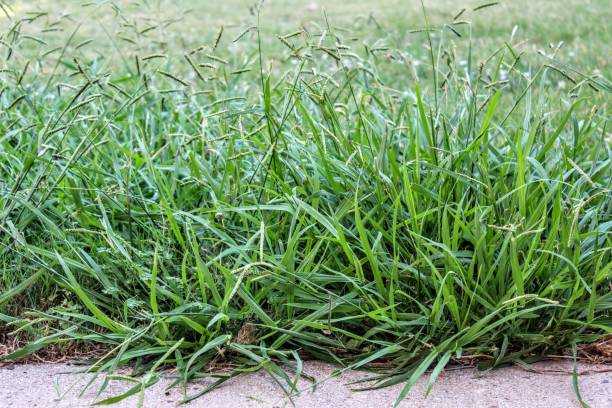
Using baking soda as a natural remedy to kill crabgrass offers several benefits, making it an appealing option for environmentally conscious homeowners. Here are some of baking soda’s key advantages:
- Environmentally Friendly: Baking soda is an environmentally safe alternative to chemical herbicides. Traditional herbicides often contain harmful substances that can leach into the soil, affecting not only the target weeds but also beneficial organisms and nearby plants. Baking soda poses minimal risk to the environment, wildlife, and water sources.
- Safe for Humans and Pets: Unlike chemical herbicides that may pose health risks to pets and humans, baking soda is safe for direct contact. It eliminates concerns about exposure during application or accidental ingestion by children or pets, providing peace of mind for families with outdoor spaces.
- Readily Available and Affordable: Baking soda is a household item found in most kitchens, making it easily accessible and affordable. The affordability of baking soda as a crabgrass control method is particularly appealing compared to commercial herbicides, which can be expensive.
- Low Impact on Soil Health: Baking soda has a minimal impact on soil health when used in moderation. It can help adjust the pH level of the soil, creating conditions less favorable for crabgrass without causing long-term damage to the overall soil ecosystem. This aspect sets it apart from some chemical herbicides that may have more profound and lasting effects on soil quality.
- pH Adjustment: Crabgrass thrives in neutral to slightly acidic soils, and baking soda’s ability to raise the soil’s pH helps create an inhospitable environment for the weed. This natural pH adjustment not only inhibits crabgrass growth but can also contribute to the overall health of the lawn by promoting conditions favorable to desirable grass species.
- No Residue Buildup: Baking soda leaves no harmful residues in the soil. This is in contrast to some chemical herbicides that may persist in the environment, potentially affecting future plant growth or water quality. Baking soda breaks down over time, leaving behind no lasting impact on the ecosystem.
- Simple Application Process: Applying baking soda to kill crabgrass is a straightforward process. Whether using a dry application or creating a solution for foliar spray, homeowners can easily incorporate baking soda into their lawn care routine. This simplicity makes it an accessible option for individuals with varying levels of gardening experience.
- Contributes to Sustainable Gardening: Embracing natural alternatives like baking soda aligns with the principles of sustainable gardening. By choosing eco-friendly solutions, homeowners contribute to the reduction of chemical inputs in the environment, fostering a healthier and more balanced ecosystem in their gardens and surrounding areas.
Step-by-Step Guide: Killing Crabgrass with Baking Soda
Crabgrass, the bane of many lawns, can be effectively controlled using baking soda as a natural and environmentally friendly solution. Follow this step-by-step guide to reclaim your lawn from the invasive clutches of crabgrass.
1. Early Identification
Early detection is crucial for effective crabgrass control. As the temperatures rise in late spring, keep a vigilant eye on your lawn for the emergence of crabgrass.
Identify and mark areas with crabgrass growth, focusing on spots where it’s most prevalent. Identifying and addressing the problem in its early stages significantly increases the chances of successful eradication.
2. Gather Supplies
Before starting the application process, gather the necessary supplies. You’ll need baking soda, a spreader or shaker, a watering can or hose-end sprayer, and gloves for protection. Ensure that you’re using pure baking soda without any additives or preservatives.
3. Measure Your Lawn
Accurate measurements are essential to determine the right amount of baking soda needed for your lawn. Measure the affected area and follow recommended application rates. Applying too much baking soda can harm desirable grass, so precision is key.
4. Adjust Soil pH
Test your soil’s pH before applying baking soda to assess the extent of adjustment needed. Aim for a pH level slightly above 7 to discourage crabgrass growth. Use a soil testing kit or consult with a local gardening center for professional assistance.
5. Application Methods
Baking soda can be applied in two primary ways – dry or as a solution. For a dry application, use a spreader to distribute baking soda evenly over the affected area. Alternatively, mix baking soda with water to create a solution for a foliar spray. This method allows for targeted application on the crabgrass without affecting the surrounding grass.
6. Watering In
After applying baking soda, water the area thoroughly. Adequate watering helps activate the baking soda and enhances its effectiveness in altering the soil pH. Watering also ensures that the baking soda is absorbed into the soil, where it can start its work on the crabgrass.
7. Repeat as Necessary
Crabgrass control is an ongoing process. Monitor your lawn regularly, and if new growth appears, repeat the baking soda application. Consistency is key to breaking the crabgrass life cycle and preventing re-infestation.
8. Adopt Proper Lawn Maintenance Practices
In addition to baking soda application, adopt proper lawn maintenance practices to create an environment that discourages crabgrass growth. Regular mowing, adequate watering, and overseeding bare spots will contribute to a healthier, more resilient lawn.
Precautions When Using Baking Soda on Your Lawn
While using baking soda to control crabgrass is generally safe, it’s essential to take some precautions to ensure the best results and prevent any unintended consequences. Here are important precautions to keep in mind:
- Test Soil pH: Before applying baking soda, test the soil pH to determine if an adjustment is necessary. Aim for a slightly alkaline pH to discourage crabgrass growth. Using baking soda without knowing your soil’s current pH could lead to over-alkalization, potentially harming desirable plants.
- Measure Accurately: Accurate measurement is crucial when applying baking soda. Follow recommended application rates to avoid using too much, which could have adverse effects on your lawn. More is not always better, and excess baking soda can alter the soil pH beyond the desirable range.
- Apply in Moderation: While baking soda is a natural product, applying it excessively can still have consequences. Use it as directed and avoid frequent applications unless necessary. Overusing baking soda may alter the soil’s natural nutrient balance and affect the overall health of your lawn.
- Avoid Extremely Hot Conditions: Apply baking soda when the weather is moderate, and avoid extreme heat conditions. High temperatures can stress your lawn, and adding baking soda during such times may exacerbate the stress. Early morning or late afternoon is generally a good time for application.
- Protect Desirable Plants: While baking soda is generally safe for most plants, it’s a good practice to protect desirable plants from direct contact during application. Use a barrier or cover sensitive plants to prevent any accidental exposure.
- Use Personal Protective Equipment (PPE): When handling baking soda, especially in dry form, wearing gloves can protect your hands. Although baking soda is generally safe, prolonged skin contact might cause irritation. If you have a history of skin sensitivity or allergies, be cautious when using baking soda. If skin irritation occurs, wash the affected area thoroughly and consult a medical professional if severe reactions persist.
The Bottom Line
Crabgrass may be a persistent foe, but with the eco-friendly and cost-effective solution of baking soda, homeowners can take control of their lawns without resorting to harmful chemicals. Understanding the science behind killing crabgrass with baking soda, coupled with proper application and lawn maintenance practices, can lead to a lush and crabgrass-free lawn. By following this comprehensive guide, you’ll not only reclaim your turf but also contribute to a healthier and more sustainable environment.
